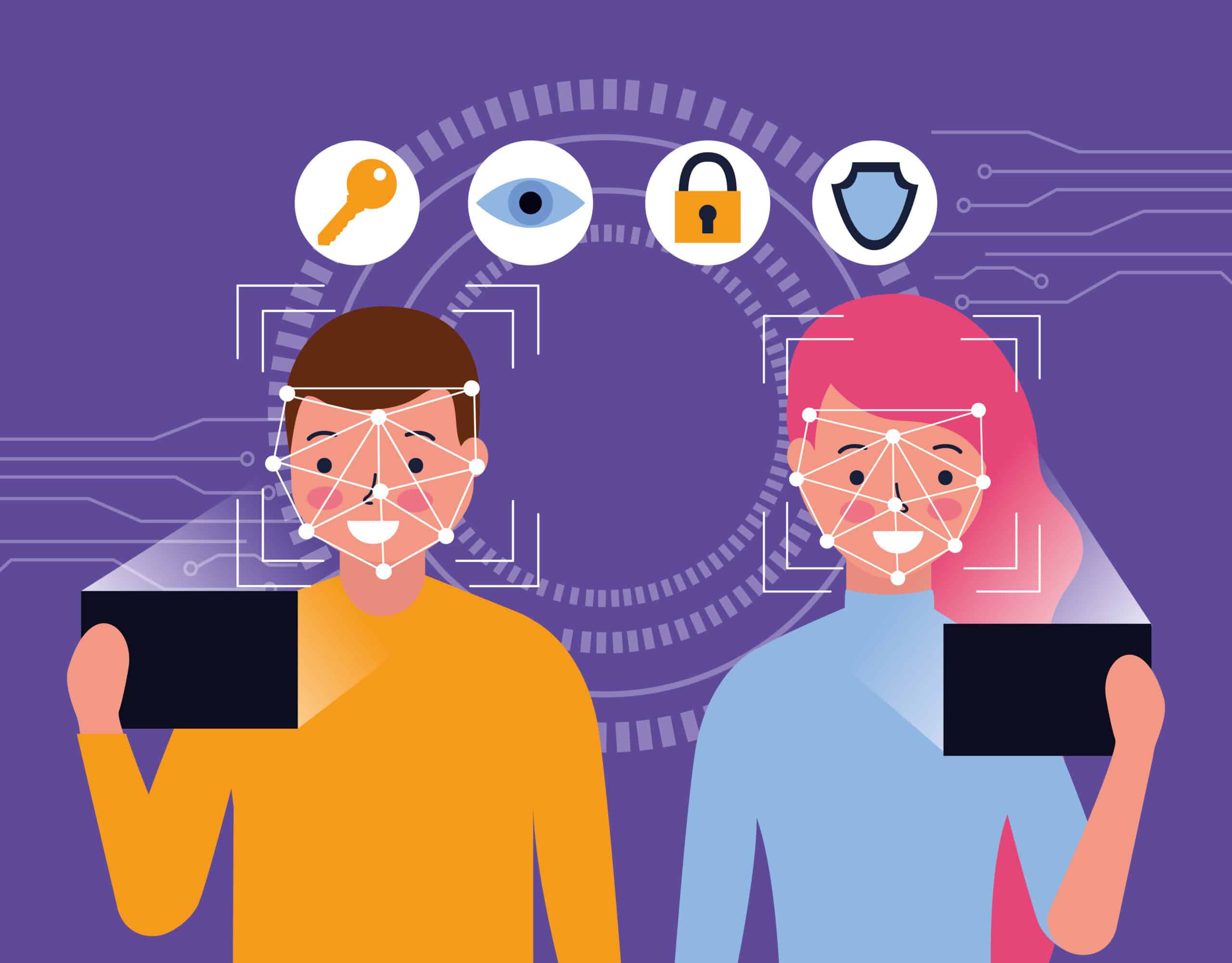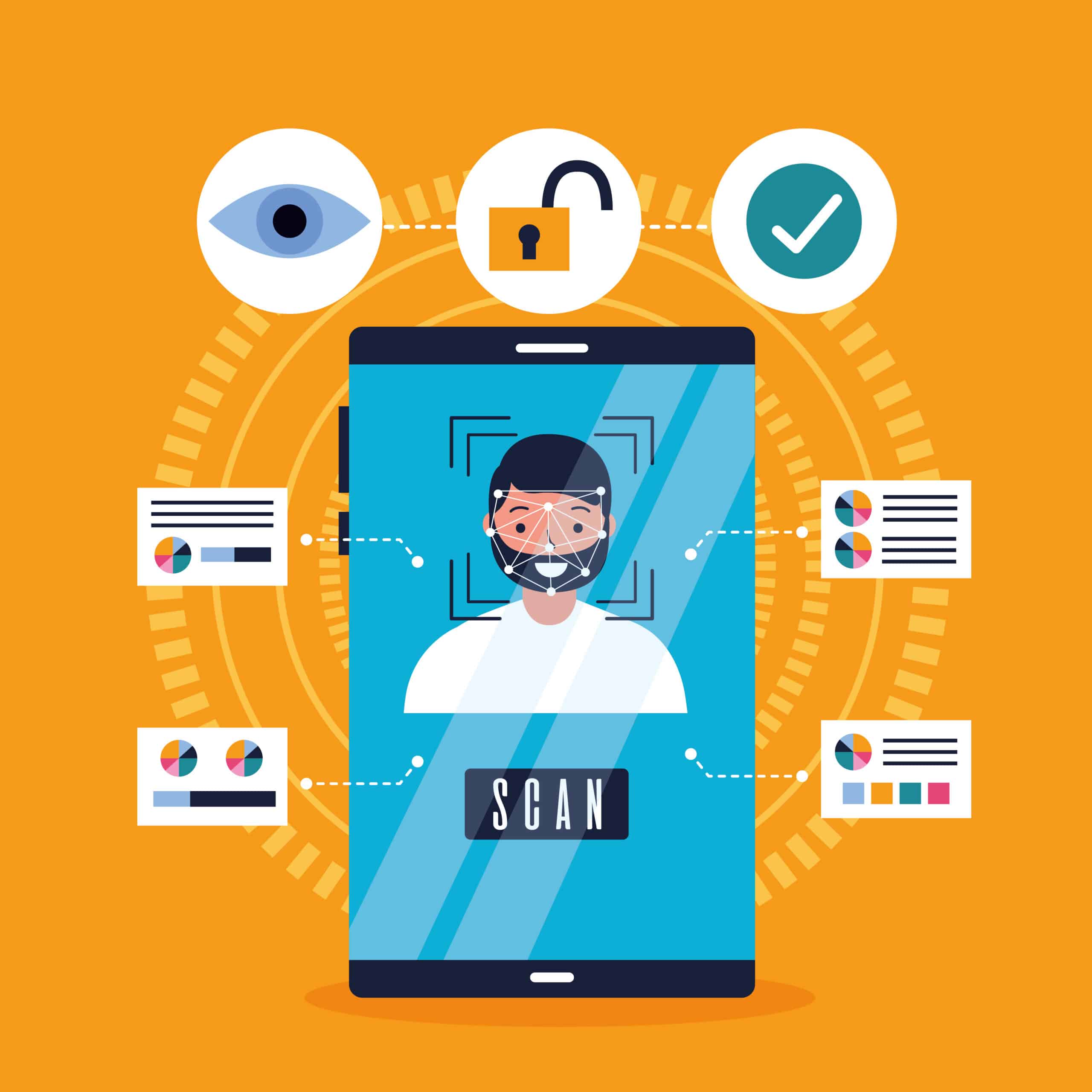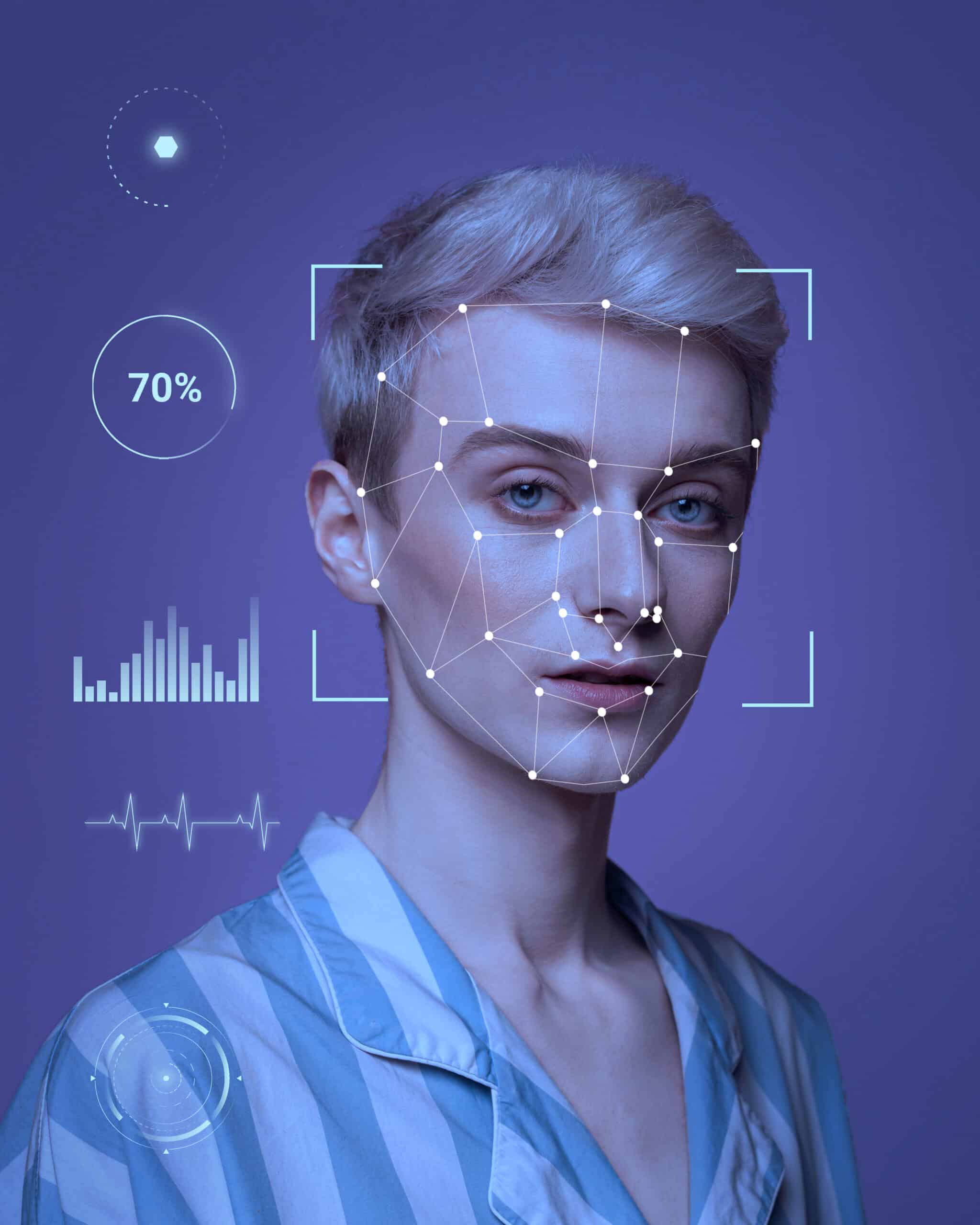Discover the Advantages of Facial Recognition Identity Verification: Applications and Benefits
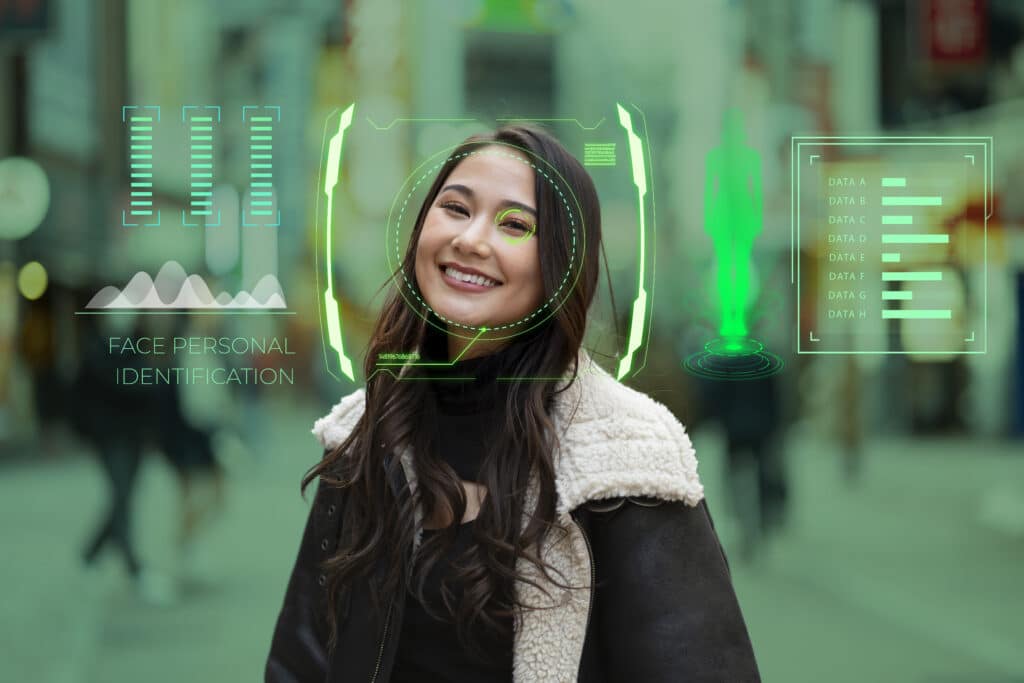
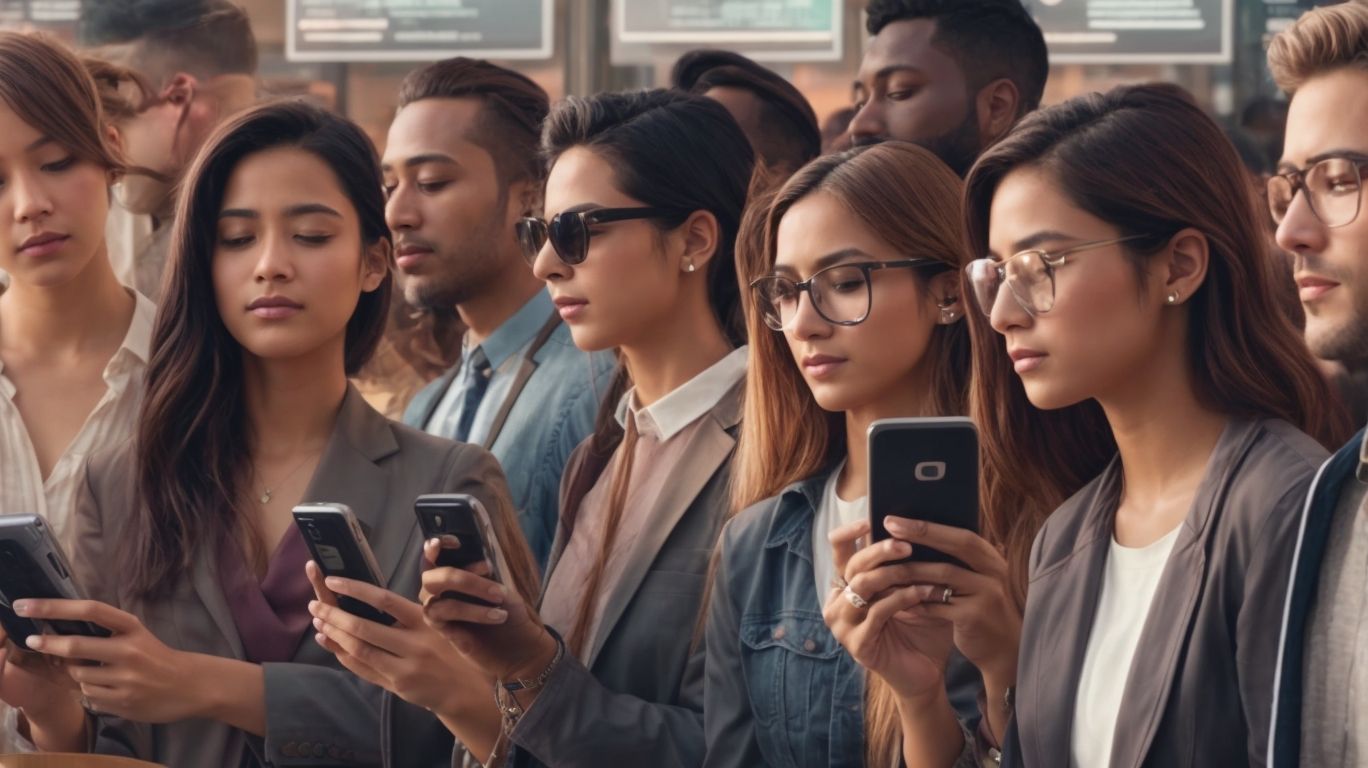
Facial recognition technology has become increasingly prevalent in various industries, from airport security to healthcare.
Delve into the world of Facial Recognition Identity Verification, exploring how it works and its applications in areas such as law enforcement, banking, and finance.
We will also discuss the benefits of this technology, including increased security and fraud prevention. We will also address concerns about privacy and biases, along with ethical considerations for the technology’s use.
Join us as we uncover the complexities of Facial Recognition Identity Verification.
What Is Facial Recognition Identity Verification?
Facial Recognition Identity Verification is a secure process that utilizes advanced technology to authenticate individuals based on unique facial features.
This innovative technology works by capturing an individual’s facial image, analyzing key features like the distance between eyes, nose shape, and facial contours. The system converts these unique characteristics into data points, creating a facial template for each person.
When an individual’s face is scanned for verification, the system compares it with the stored template to verify their identity. Additionally, this method offers a highly accurate and efficient way to verify identities and has broader implications in security, access control, and customer authentication processes.
How Does Facial Recognition Identity Verification Work?
Facial Recognition Identity Verification operates by employing cutting-edge facial recognition technology, which utilizes machine learning algorithms to detect and match facial images for accurate user authentication.
This advanced technology works by first capturing a facial image through a camera or other input device. The image is then processed to detect key facial features, such as the distance between eyes, the shape of the nose, and the contours of the face. Machine learning algorithms analyze these features and create a unique facial signature for each individual.
During the identity verification process, this signature is compared against stored templates to determine a match, ensuring a secure and reliable method for authentication.
What Are the Applications of Facial Recognition Identity Verification?
Facial Recognition Identity Verification finds diverse applications across sectors such as airport security, law enforcement, banking, finance, healthcare, and more, enabling secure access control, personalized experiences, and user identification.
In the realm of airport security, this technology plays a crucial role in streamlining identity verification processes for passengers, employees, and even access to restricted areas. Within the healthcare industry, facial recognition aids in ensuring accurate patient identification and providing secure access to medical records. Additionally, in the banking and finance sector, facial recognition adds an extra layer of security to transactions, helping to prevent fraudulent activities and enhancing customer trust. Its application extends to improving customer service experiences by enabling businesses to offer tailored services based on recognized identities, fostering loyalty and personalized interactions.
Airport Security
Airport Security leverages Facial Recognition Identity Verification for enhanced security measures, efficient identification processes, streamlined identity management, and secure login procedures.
This technology has revolutionized how airports manage security by significantly improving identification accuracy, reducing the margin of error in the identification of travelers, and enhancing the overall passenger experience.
By integrating facial recognition technology into the security protocols, airports can precisely match passenger identities with their travel documents, ensuring that only authorized individuals can access restricted areas within the airport. The use of facial recognition technology helps in quickly identifying potential security threats, allowing authorities to react promptly to mitigate any risks or security breaches.
Law Enforcement
Law Enforcement agencies utilize Facial Recognition Identity Verification to aid in swift identification of suspects, prevent fraud through biometric analysis, and conduct detailed facial assessments for investigative purposes.
This technology plays a crucial role in streamlining suspect identification processes, allowing authorities to quickly match facial structures with existing databases, thereby expediting investigations. Additionally, facial recognition contributes significantly to fraud prevention by verifying individuals based on unique biometric markers, adding an extra layer of security to transactions and operations. Biometric analysis using facial recognition also aids in identifying patterns and associations, providing valuable insights for investigators to track, monitor, and apprehend suspects involved in criminal activities.
Banking and Finance
The Banking and Finance sector implements Facial Recognition Identity Verification for secure transactions, seamless user authentication, enhanced digital security, and the protection of sensitive facial data.
Facial recognition technology plays a crucial role in strengthening financial security measures by offering a reliable and efficient way to verify the identity of customers during transactions. This not only reduces the risk of fraudulent activities but also enhances customer trust by ensuring that only authorized individuals can access accounts and perform transactions. The use of facial recognition technology in the banking industry helps in safeguarding confidential facial data, providing an added layer of privacy protection for customers’ personal information.
Healthcare
In Healthcare, Facial Recognition Identity Verification plays a crucial role in ensuring accurate patient identification, maintaining data privacy, and leveraging advanced technology for identity verification processes.
This technology is especially important in healthcare settings where the accuracy of patient identification is essential for providing proper treatment. Additionally, by utilizing facial recognition technology, healthcare providers can ensure that patients receive the correct medication and care tailored to their specific needs.
This technology also helps in protecting sensitive patient data by reducing the risk of identity theft and unauthorized access to medical records. With the increasing focus on cybersecurity in the healthcare sector, facial recognition technology offers a secure and reliable method for verifying patient identities during appointments and procedures.
What Are the Benefits of Facial Recognition Identity Verification?
Facial Recognition Identity Verification offers numerous benefits, including:
- Heightened security measures
- Enhanced convenience for users
- Effective fraud prevention
- Secure login processes
By utilizing facial recognition technology, individuals can enjoy a seamless and secure authentication experience. This advanced system drastically reduces the risk of unauthorized access, ensuring that only authorized users can access sensitive information. Additionally, with the speed and accuracy of facial recognition, the verification process is not only convenient but also swift, enhancing user experience. The technology also plays a crucial role in preventing fraudulent activities, as it is difficult to deceive a facial recognition system compared to traditional verification methods.
Increased Security
One of the key benefits of Facial Recognition Identity Verification is the bolstering of security measures, ensuring robust identity security, and enhancing fraud prevention capabilities.
This technology plays a crucial role in safeguarding sensitive information by adding an extra layer of security through biometric authentication. By analyzing unique facial features, Facial Recognition Systems significantly reduce the risk of unauthorized access and identity theft.
The ability to detect anomalies and irregularities in real-time further fortifies security protocols, making it harder for malicious actors to exploit vulnerabilities. Integration of Facial Recognition Technology enhances overall security frameworks by providing a reliable and efficient means of verifying identities and capturing fraudulent activities before they escalate.
Time and Cost Efficiency
Facial Recognition Identity Verification offers significant time and cost efficiencies by streamlining authentication processes, ensuring accuracy in verification, and reducing the need for manual verification steps.
This technology has revolutionized the way organizations validate identities, enabling quick and seamless identity checks. By automating the recognition process, companies can expedite customer onboarding, access control, and transaction verifications. The accuracy improvements provided by facial recognition technology also enhance security measures and reduce the risk of human error. This streamlined approach not only enhances operational efficiency but also elevates customer experience by minimizing wait times and improving overall satisfaction levels.
Improved Customer Experience
Facial Recognition Identity Verification enhances customer experience by providing convenience in user authentication, enabling personalized services, and delivering seamless identification processes.
This technology allows customers to effortlessly access their accounts and profiles with just a quick scan of their face, eliminating the need to remember complex passwords or pins. Businesses can leverage facial recognition to offer tailor-made recommendations and promotions based on customers’ previous purchases and preferences, creating a more personalized and engaging shopping experience. The seamless identification process also reduces the risk of fraud and identity theft, instilling a sense of trust and security among customers.
Fraud Prevention
Facial Recognition Identity Verification plays a pivotal role in fraud prevention strategies by enhancing security measures, validating identification credentials, and mitigating risks associated with fraudulent activities.
By incorporating advanced algorithms and biometric technology, facial recognition systems offer a highly secure means of authenticating individuals. The precise scanning and analysis of facial features help to accurately confirm the identity of a person, making it difficult for unauthorized persons to gain access. This robust security mechanism not only safeguards sensitive information but also ensures a seamless and efficient verification process.
The use of facial recognition technology has significantly reduced instances of identity theft and fraudulent transactions, leading to a more secure and trustworthy digital environment.
What Are the Concerns Surrounding Facial Recognition Identity Verification?
Despite its benefits, Facial Recognition Identity Verification raises concerns related to privacy issues, biases in identification, and potential misuse and abuse of the technology.
Privacy advocates have expressed worries about the collection and storage of sensitive biometric data required for facial recognition, raising questions about the security of this information and the potential for unauthorized access.
Biases in facial recognition algorithms have been a major area of scrutiny, with studies highlighting inaccuracies in identifying individuals with darker skin tones or those who do not conform to societal norms. These biases pose risks of misidentification and discrimination, especially in high-stakes scenarios like law enforcement use.
The misuse of facial recognition technology for mass surveillance or tracking individuals without their consent raises significant ethical and legal concerns.
Privacy Issues
Privacy concerns in Facial Recognition Identity Verification revolve around the protection of user privacy, safeguarding sensitive facial images, ensuring data privacy compliance, and preventing unauthorized facial scans.
Facial recognition technology, while offering innovative solutions for identity verification, raises significant ethical considerations pertaining to the handling of personal data.
By implementing robust encryption measures and stringent access controls, organizations can mitigate the risks associated with potential data breaches and misuse of facial images.
Adhering to strict data privacy regulations is crucial to establish a framework that prioritizes the confidentiality and security of individuals’ biometric information.
Implementing mechanisms to ensure that facial scanning is only conducted with explicit user consent is paramount in maintaining trust and upholding privacy standards.
Biases and Inaccuracies
Biases and inaccuracies pose significant challenges in Facial Recognition Identity Verification, affecting the accuracy of identification processes, validation of identities, and overall reliability of the technology.
These issues can lead to false positives or false negatives, where individuals may be incorrectly identified or denied access. Inaccurate identity validation can result in security breaches, privacy concerns, and potential discrimination.
Biases in facial recognition technology often stem from imbalanced datasets used for training, which can disproportionately impact certain demographic groups. The lack of diversity in datasets can hinder the system’s ability to accurately recognize a wide range of faces, further complicating the reliability of the technology.
Potential Misuse and Abuse
The potential misuse and abuse of Facial Recognition Identity Verification raise concerns regarding security vulnerabilities, unauthorized facial tracking, and the need for robust measures to protect identities and prevent misuse.
As technology advances, the risks associated with facial recognition technology continue to grow. The issue of security vulnerabilities in these systems can lead to unauthorized access and potential breaches of personal data. Concerns around facial tracking highlight the importance of implementing stringent security measures to prevent misuse. Identity protection is paramount in ensuring that individuals’ personal information remains safe and secure from potential threats. By addressing these challenges head-on, organizations can work towards establishing a more secure and trustworthy facial recognition framework.
How Can Facial Recognition Identity Verification Be Used Ethically?
Facial Recognition Identity Verification can be employed ethically through practices such as transparency, obtaining consent, and regular monitoring to uphold ethical standards in data usage and identity verification processes.
Transparency in data processing plays a crucial role in ensuring that users are informed about how their facial data is being collected, stored, and used. By providing clear information on the purpose of the facial recognition technology and how the data will be managed, organizations can build trust with their users and demonstrate a commitment to ethical practices.
Obtaining user consent is another key aspect of ethical facial recognition usage, as it allows individuals to make an informed decision about whether they want their facial data to be processed for identification purposes. This not only respects user privacy but also empowers individuals to have control over their personal data.
Transparency and Consent
Maintaining transparency and obtaining consent are crucial aspects in the ethical use of Facial Recognition Identity Verification to ensure identity validation, protect user identities, and enhance security measures.
Implementing clear communication with individuals about how their facial data will be collected and used helps in establishing trust and ensuring that their privacy rights are respected.
By providing options for users to control the sharing of their biometric information and incorporating robust encryption protocols, organizations can bolster the security of facial recognition systems.
Rudits and oversight mechanisms can help in monitoring for any potential misuse or breaches, reinforcing the ethical foundation of facial recognition technology.
Regular Auditing and Monitoring
Regular auditing and monitoring practices are essential for ensuring the ethical utilization of Facial Recognition Identity Verification, safeguarding identity security, upholding data privacy standards, and mitigating risks of misuse.
By consistently reviewing and evaluating the processes and algorithms involved in facial recognition technology, organizations can detect and rectify any potential biases or inaccuracies that may compromise the integrity of the system.
Through regular audits, any unauthorized access to sensitive data can be identified and addressed promptly, thereby protecting the privacy of individuals whose information is stored within the system.
Monitoring procedures ensure quick responses to any security breaches or vulnerabilities, guaranteeing the security of data and responsible use of the technology.
Diversity and Inclusion in Data Collection
Promoting diversity and inclusion in data collection practices is vital for ethical Facial Recognition Identity Verification, ensuring equitable facial authentication processes and mitigating biases in identity verification.
By incorporating a wide range of diverse facial features, such as different skin tones, facial structures, and cultural characteristics, the facial recognition technology can provide accurate and fair authentication for individuals of all backgrounds.
This approach reduces the risk of algorithmic biases that may disproportionately impact certain demographic groups. Ensuring representation from various communities in the dataset helps in creating a more inclusive and unbiased facial recognition system that respects the unique identities of each user.
Frequently Asked Questions
What is facial recognition identity verification and how does it work?
Facial recognition identity verification is a technology that uses biometric data to identify an individual’s face and verify their identity. It works by capturing an image of the face and comparing it to a database of known faces to determine a match.
What are some common applications of facial recognition identity verification?
Facial recognition identity verification has a wide range of applications, including security and access control, law enforcement, border control, and digital authentication for online transactions.
What are the benefits of using facial recognition identity verification?
One of the main benefits of facial recognition identity verification is its speed and accuracy in identifying individuals. It also eliminates the need for physical identification documents, making the verification process more convenient and secure.
How is facial recognition identity verification different from other forms of biometric technology?
Unlike other forms of biometric technology, such as fingerprint or iris scanning, facial recognition does not require physical contact with the individual. This makes it a non-intrusive and more user-friendly option for identity verification.
Are there any privacy concerns associated with facial recognition identity verification?
Yes, concerns about the potential misuse of facial recognition data and the invasion of privacy have been raised. However, strict regulations and guidelines are in place to regulate its use and protect individuals’ personal information.
What are the future possibilities for facial recognition identity verification?
As technology continues to advance, experts anticipate that facial recognition identity verification will become even more accurate and efficient. Also, Its potential applications across various industries, including healthcare, education, and retail, could enhance security and streamline processes.

